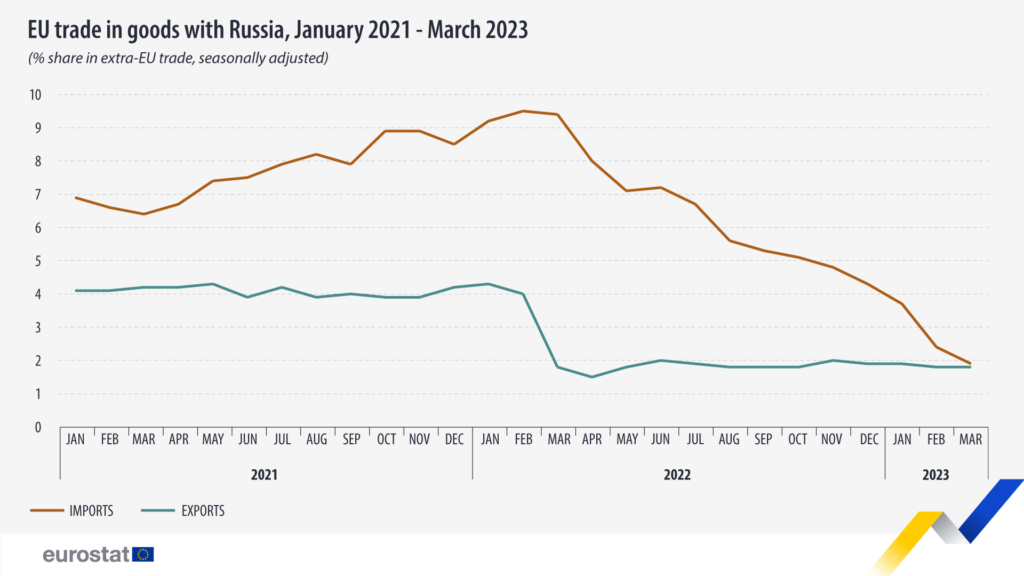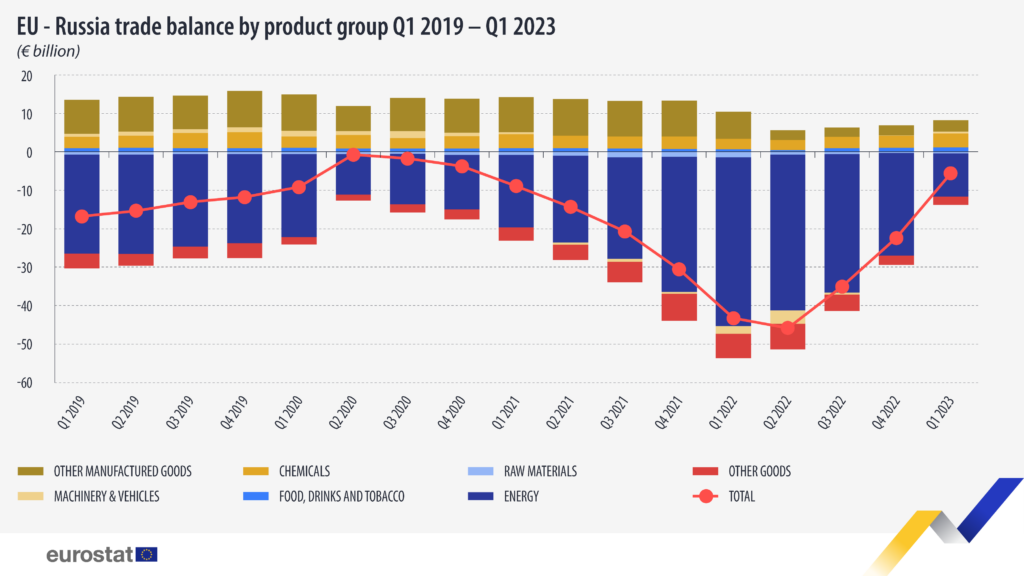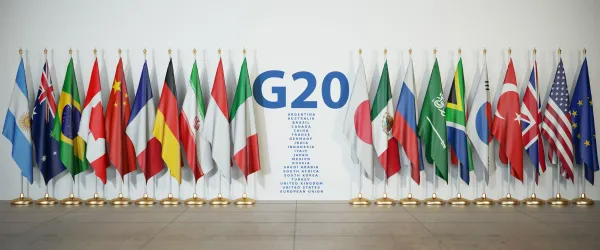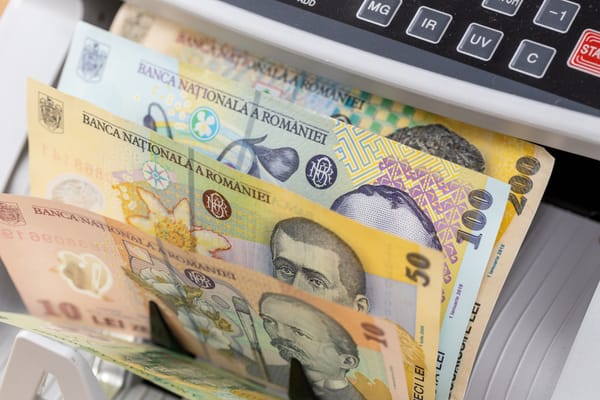
Russia-EU trade hit by invasion - Eurostat
The EU’s official statistics office Eurostat details the effects of the bloc’s sanctions and trade restrictions regarding Russia in the wake of its invasion of Ukraine on February 24, 2022, in its latest report.
Eurostat notes that exports and imports both remain below pre-invasion levels. In terms of EU exports to countries outside the bloc, Russia’s share fell from 4% in February 2022 to 1.8% in March 2023. The proportion of the EU’s imports from Russia meanwhile plummeted from 9.5% to 1.9%.

The EU’s trade deficit with Russia, which hit a peak of EUR 18.4bn in March 2022, gradually decreased to EUR 6.1bn by December 2022, and even registered a small surplus of EUR 0.2bn in March 2023.
This shift happened as the value of imports from Russia fell from EUR 22bn in March 2022 to EUR 3.8bn in March 2023. Meanwhile, the value of exports increased from EUR 3.6bn to EUR 4bn. In February 2022, exports were EUR 8bn, however.
As the EU’s overall trade balance with Russia is heavily influenced by the balance of energy products, skyrocketing prices in 2021 and 2022 caused a significant deficit. Import restrictions and falling prices then reduced the trade deficit, which was EUR 5.6bn in the first quarter of this year. In the same period, the EU’s trade balance with Russia in the energy sector showed a deficit of EUR 11.3bn, marking a significant difference from the deficit observed in the first quarter of 2022, which was a massive EUR 43.9bn.
Since the first quarter of 2022, the trade balance for chemicals has actually increased by EUR 1.1bn, reaching EUR 3.7bn, Eurostat added.






